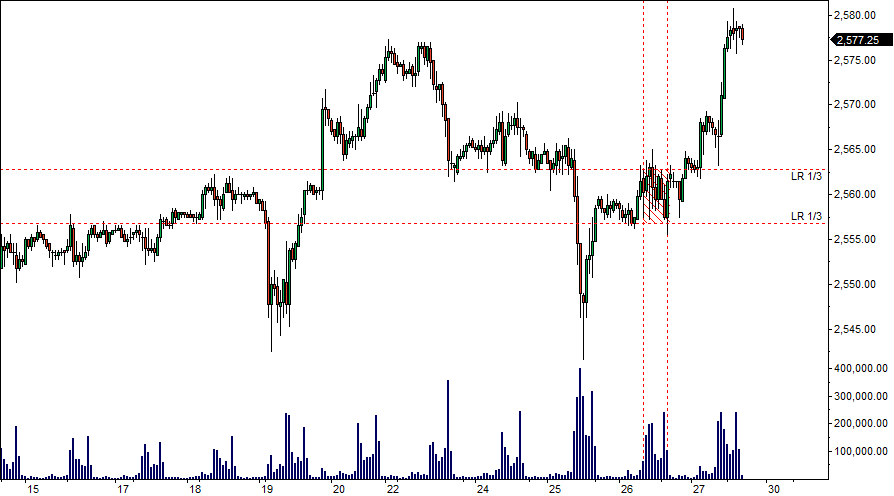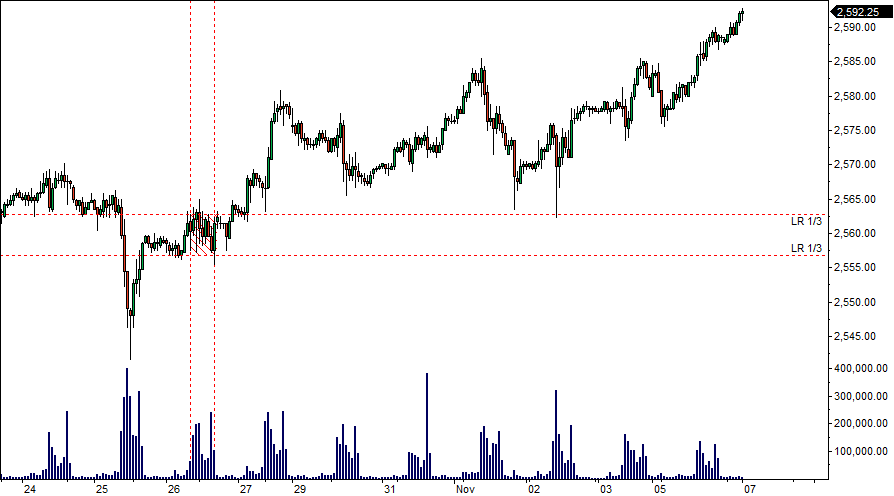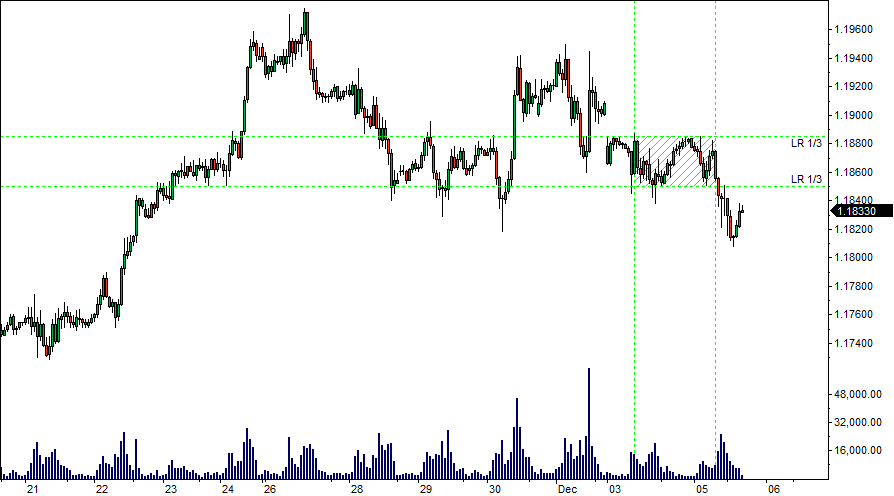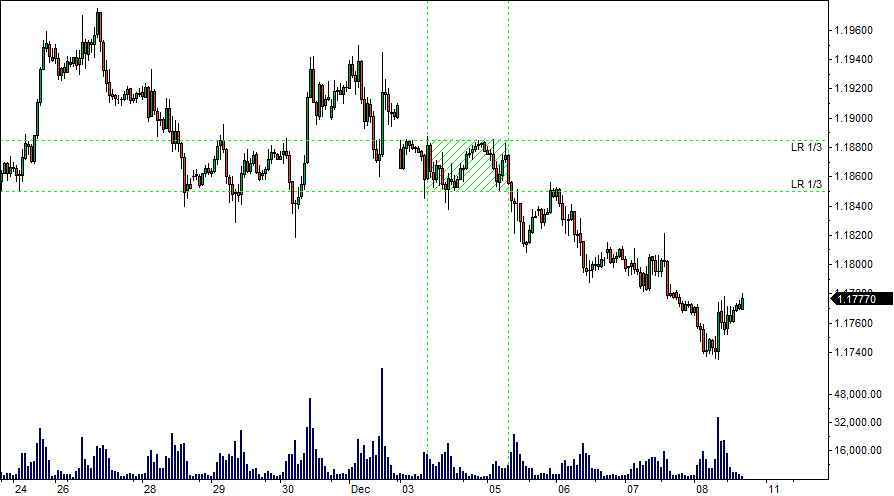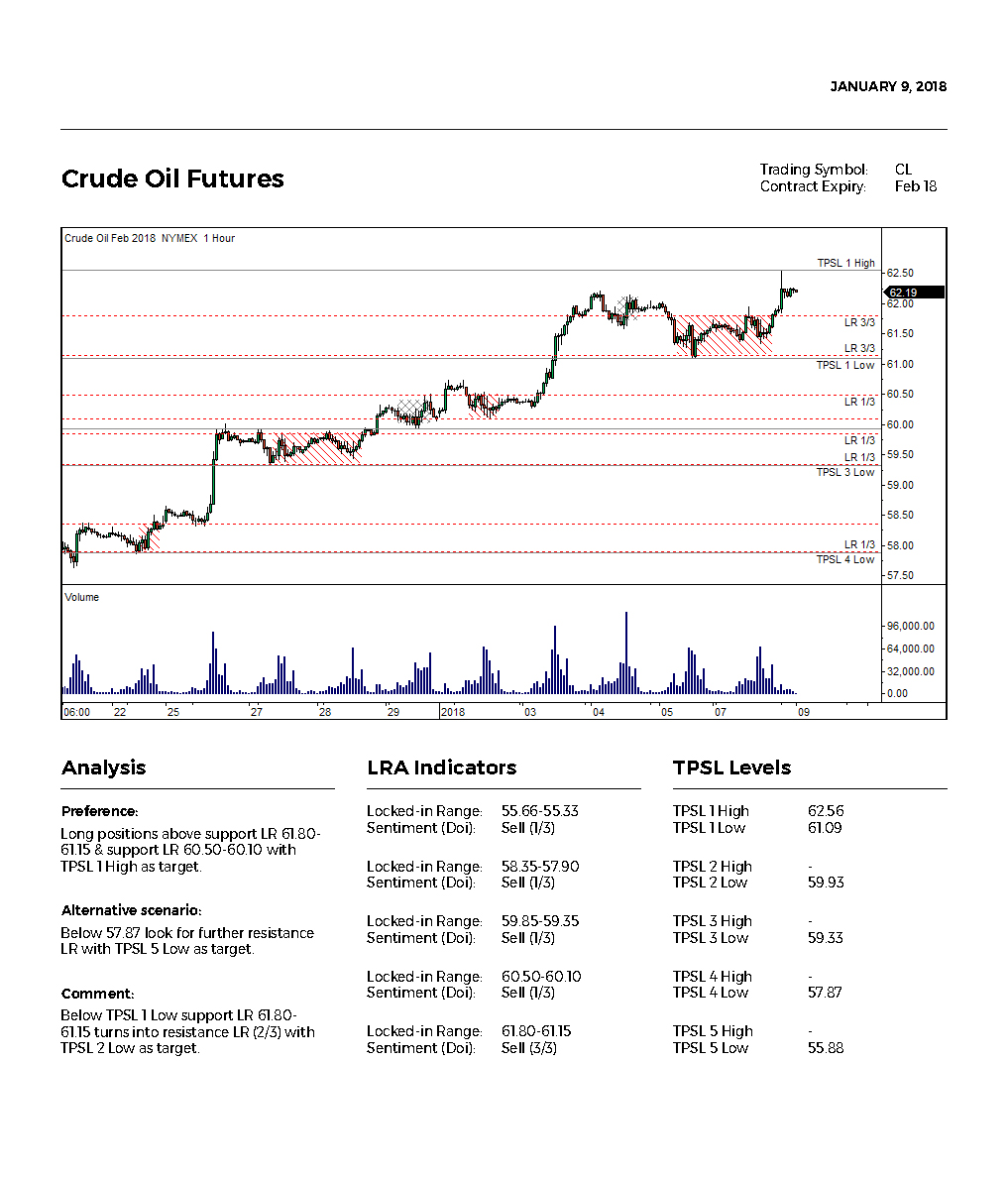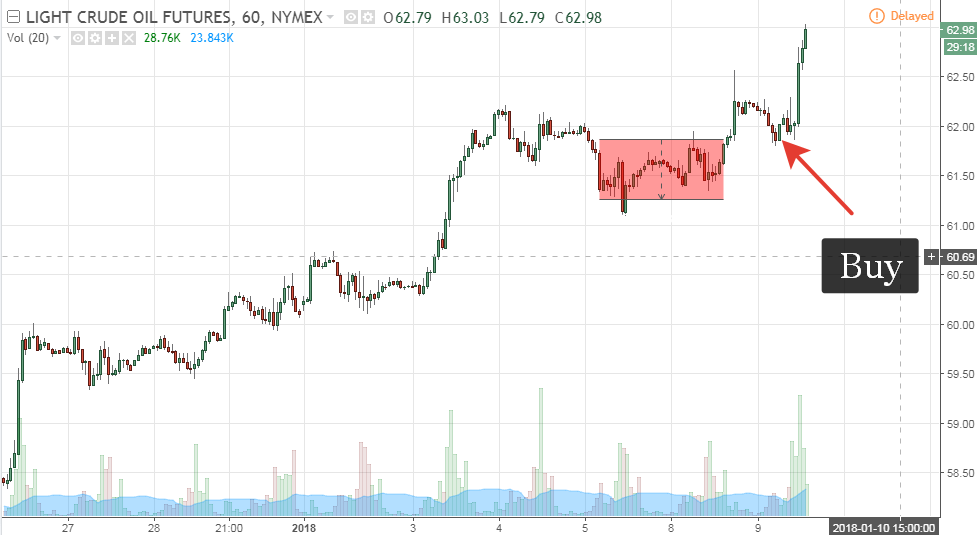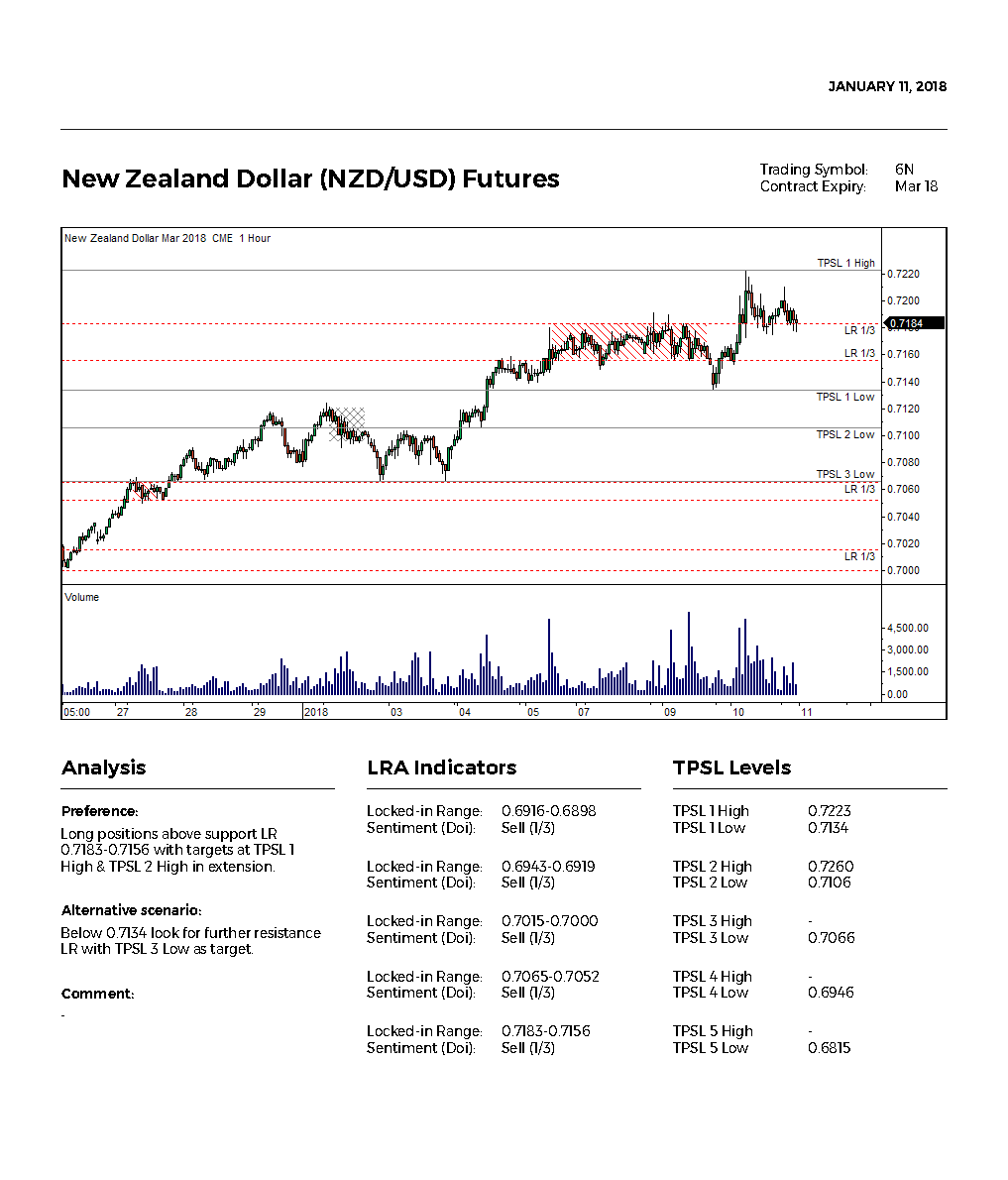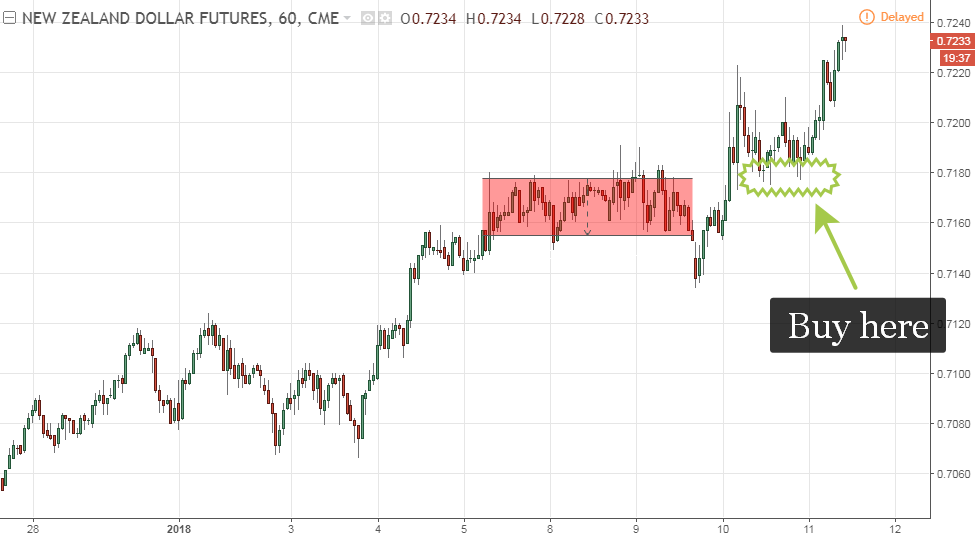Who Are Market Makers? (Definition by CME Group)
A market maker (one type of speculator) is an authorized customer permissioned to quote both the buy and sell side in a given market (while all other market participants may open positions only in one direction – unidirectional). The main function of the market maker is to provide liquidity to the marketplace (сontractual agreement with CME), usually in exchange for a reduction in trading fees. Market makers often profit from capturing the spread, the small difference between the bid and offer prices over a large number of transactions.
Modern futures market cannot function without such a professional participant as a market maker, since 24-hour trades include illiquid periods when there are sharp imbalances in supply and demand, and if the market is allowed to determine prices independently in such periods, then we can observe increased volatility and price manipulation, which can be very significant and would be regarded by market participants as an increased trade risk, equivalent to an illiquid instrument; therefore, the stock exchange, in our case its CME Group, is interested in the presence of market makers, providing them with privileges in exchange for compliance with the established obligations to provide and maintain liquidity.
Responsibilities of Market Makers
During the specified period of the trading session (American, Asian-Pacific, European), the market makers must continuously maintain two-way futures quotes, observing the minimum volume of own orders agreed with the exchange and the spread between bid-ask quotes (widening of spread for periods of increased volatility is possible).
As counterparties to each transaction in terms of pricing, market makers must take the opposite side of your trade. In other words, whenever you sell, they must buy from you, and vice versa.
IMPORTANT. Why do market makers act as counterparties for most orders, but not for all? The rest of the transactions may temporarily be accumulated by other market participants, both with speculators and hedgers; however, over time, all open positions will pass on to market makers, when one of the parties of a transaction, in which the market maker does not participate, decides to close the position.
Capabilities of Market Makers
To understand the capabilities of market makers, one should know the limited market depth available to any participant: 1) Data featuring the nearest (best) placed 10 bid and 10 ask limit orders shows the price and number of contracts (Level 2). 2) Data featuring each transaction made shows the price, time, and number of contracts (Time & Sales).
CME Group market makers use the full market depth available to the exchange, namely:
- Data featuring all existing placed limited orders.
- Data featuring all existing placed stop orders.
- Data featuring all open positions: price, volume, and side of order (buy/sell).
Figure 1. Net Positions (buy+sell) Marketmaker Order Book (Open orders, Open positions)
Market makers collectively create a market for each futures, centrally managing its common pool of positions to prevent conflicts of interest that would arise when working separately, when instead of earning the spread and self-quoting, market makers would get a large volume of positions that would not have a counterparty to close before the expiration of the futures.
What is Market-Making? (Definition by Tom Leksey)
Market-making (CME Group) is a centralized automated trading system of placing orders from market participants, which has a common pool of Commercial and Non-commercial accounts, which provides liquidity in the futures market, simultaneously opening new positions (buy/sell) and closing already accumulated positions, so that the shares of profit are distributed between each participant in accordance with the established proportions.
Only market makers know the current open positions (volume, side of order) and we can only forecast but this is enough to make money in the market using Locked-in Ranges, Degree of imbalance, TPSL Levels.

